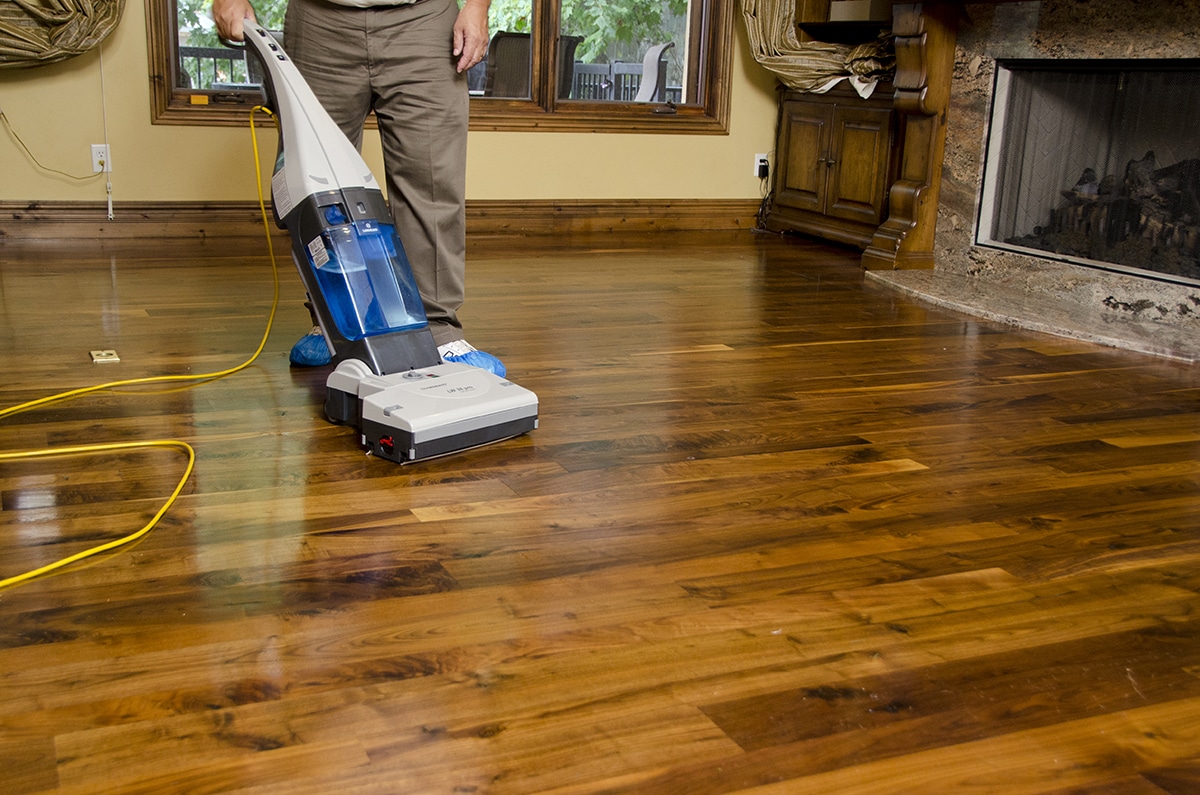Hardwood floors are often praised for their capacity for easy cleaning as well as keeping your home free of dust and allergens. And while daily sweeping will get rid of dust and larger particles, you should also deep clean hardwood floors regularly to get rid of stains and buildups of dirt. So, how often should hardwood floors be deep cleaned? Once a month is a good rule of thumb. In this post, we’ll go over the basics of hardwood floor deep cleaning.
The Danger Of Moisture For Hardwood Floors
Hardwood floors are different from most other flooring materials in that they don’t like to be wet mopped. Excess moisture can cause significant damage to hardwood floors. The planks can become warped and start lifting or cupping which could require a complete replacement. For this reason, it’s important to use as little moisture as possible when deep cleaning hardwood floors. The traditional mop and bucket situation is not what you’d want to use in this case.
Hardwood Floor Deep Cleaning Considerations
There are some things to consider before attempting to deep clean your hardwood floors. You should know if your floor is sealed, and if so, how well. To test this, place a small drop of water on the floor and observe. If it sits on the surface, you’ll be fine using a water-based floor cleaner. If the drop of water is absorbed into the wood, you’ll need to use any type of liquid very sparingly. You might even want to consider having your floor properly sealed or resealed before going ahead with a deep cleaning. Sealing will help extend its lifespan and make it easier to keep clean.
Hardwood Floor Deep Cleaning Step-By-Step
- Sweep, vacuum or use a dry microfibre mop to remove any surface dust from the floor. Do this in the direction that the floorboards are laid out.
- Slightly dampen the microfibre mop head with hardwood floor cleaner. If you’re using a homemade solution, it’s better to depend on diluted dish soap than vinegar. Undiluted vinegar could eat away at the finish.
- Mop the floor in the direction of the floorboards starting in a corner and working back towards the doorway. This will ensure you don’t have to walk over the clean floor when you’re done.
- Make sure to change the mop head often. A single microfibre mop head is unlikely to be able to clean your entire floor.
- Allow the floor to air dry when done.

